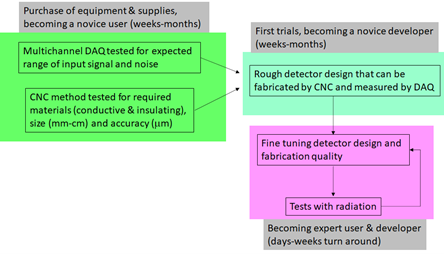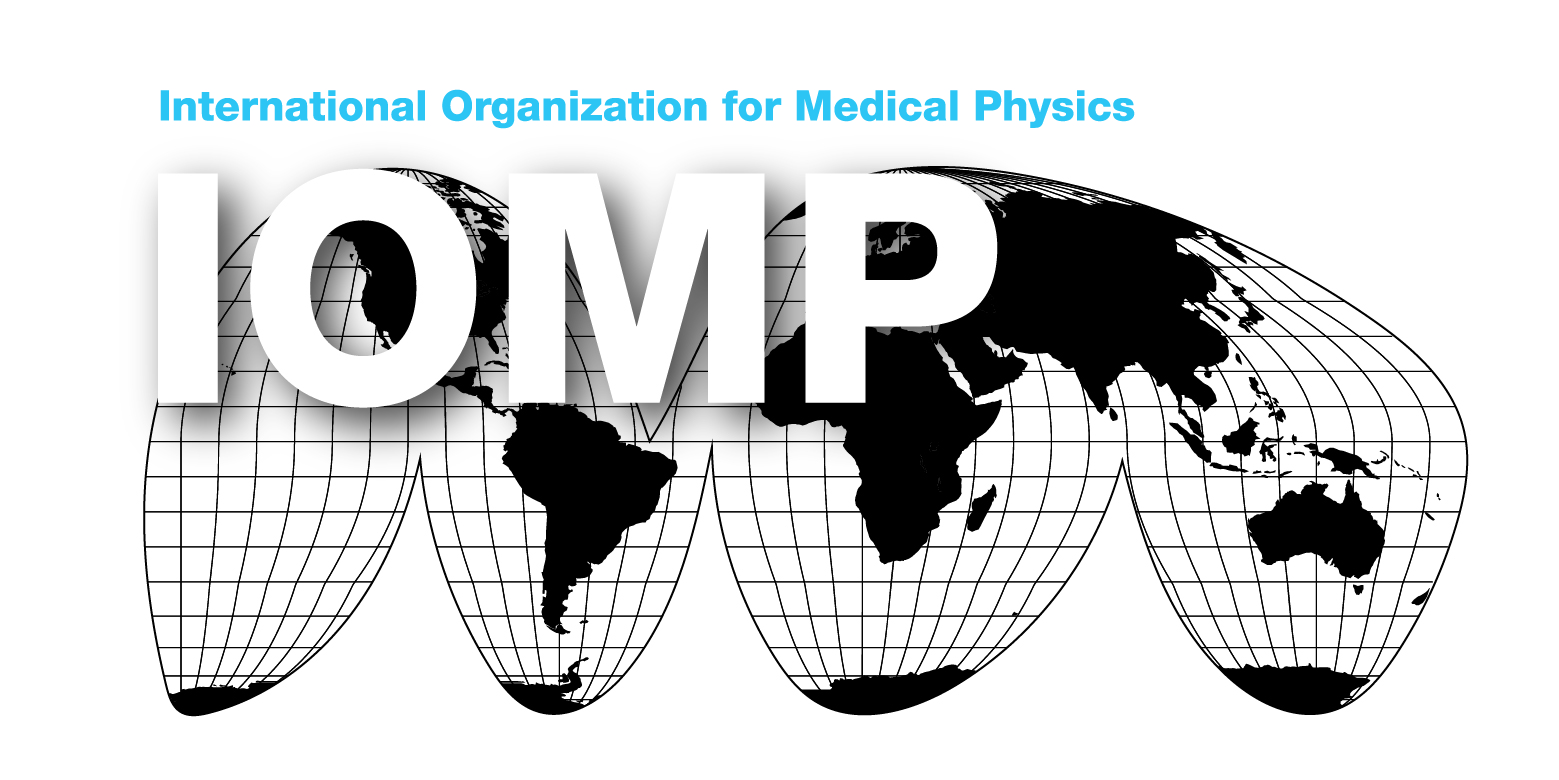Piotr Zygmanski
Brigham and Women’s Hospital, Harvard Medical School, Boston, USA
![]()
In-house development of prototype radiation detectors
With the recent advancement in inexpensive off-the-shelf data acquisition (DAQ) electronics and automated control (CNC) machining tools (drills, lathes, mills, 2D inkjet printers, 3D printers) in-house production of medical devices is tempting and could be rewarding if done properly. Below a few comments on the design and fabrication of protype radiation detectors is offered based on our own experience (1-8). We are not going to address issues related to regulations, compliance, or liability risks when such devices are clinically used.
The advantages of in-house development of radiation detectors are several. They can be customized towards specific unmet clinical needs and possess unique properties that the in-house experts envision for them. In their development by using CNC machines one can rapidly prototype various possible designs and test them in the clinic with a few-day turn-around. Commercial detectors on the other hand are not easy to change or adapt to new clinical needs or tasks. They can also be very limited even in their intended clinical uses from both practical and technological standpoints. Finally, they are typically quite costly. The advantages of commercial detectors are that, at an additional cost, they come with a user-friendly design and software as well as maintenance service including: help, repairs, some upgrades. In-house prototypes are typically much less user friendly and they have to be handled carefully, device/software debugged, and repaired by the developer. While the burden of device maintenance is on the developer, in some scenarios this may be the only viable option (e.g. special features of the device or its cost).
For instance, in-house radiation detectors developed with 3D printing approach can use simple architectures: parallel-plate ion chamber, pencil ion chamber, strip ion chamber array (2-3). Large area thin film detectors employing photovoltaic cells are even simpler and cheaper to put together without CNC (6). Similarly, segmented parallel-plate ion chamber arrays are easy to prototype by manual production. On the other hand one can also explore 2D printing for interdigital detector arrays (8). 2D printing with conductive pastes or inks is more manageable than any other CNC methodology, although it requires multiple layer approach. In planning development of a radiation detector the following phases and timeframe should be considered.

Figure: Phases and timeframe to consider for in-house development of radiation detector
References
- Alban C. Cobi, Luke Gray, Elizabeth R. Mittmann, Steven B. Link, Nevan C. Hanumara, Yulia Lyatskaya, Ellen Roche, Alexander H. Slocum, Piotr Zygmanski, Design of a Reconfigurable Quality Assurance Phantom for Verifying the Spatial Accuracy of Radiosurgery Treatments for Multiple Brain Metastases, J. Med. Devices 13(4), 0450003, https://doi.org/10.1115/1.4044402 (2019)
- Davide Brivio, Louise Naumann, Steffen Albert, Erno Sajo, Piotr Zygmanski, 3D printing for rapid prototyping of low-Z/density ionization chamber arrays, Med Phys. 46(12):5770-5779. doi: 10.1002/mp.13841 (2019)
- Steffen Albert, Davide Brivio, Saad Aldelaijan, Erno Sajo, Jürgen Hesser, Piotr Zygmanski, Towards customizable thin-panel low-Z detector arrays: electrode design for increased spatial resolution ion chamber arrays, Phys Med Biol. 23;65(8):08NT02. doi: 10.1088/1361-6560/ab8109. (2020)
- Davide Brivio, Erno Sajo, Piotr Zygmanski, Self-powered multilayer radioisotope identification device, Med Phys48(4):1921-1930. doi: 10.1002/mp.14717. Epub 2021 Feb 16. (2021)
- Piotr Zygmanski, Per Halvorsen, Routine pretreatment patient-specific IMRT QA (PS-IMRT-QA) should be discontinued and replaced with a real-time on-board beam monitoring system (BMS), Med Phys 48(9):4715-4718. doi: 10.1002/mp.15048. Epub 2021 Jul 11. (2021)
- Zygmanski P, Abkai C, Han Z, Shulevich Y, Menichelli D, Hesser J. Low-cost flexible thin-film detector for medical dosimetry applications. J Appl Clin Med Phys. 2014 Mar 06; 15(2):4454. PMID: 24710432.
- Han Z, Brivio D, Sajo E, Zygmanski P. Topological detector: measuring continuous dosimetric quantities with few-element detector array. Phys Med Biol. 2016 08 21; 61(16):N403-14. PMID: 27452789.
- Brivio D, Sajo E, Zygmanski P. Technical Note: A novel interdigital transparent thin-film detector for medical dosimetry. Med Phys. 2017 May; 44(5):1969-1974. PMID: 28122117.

